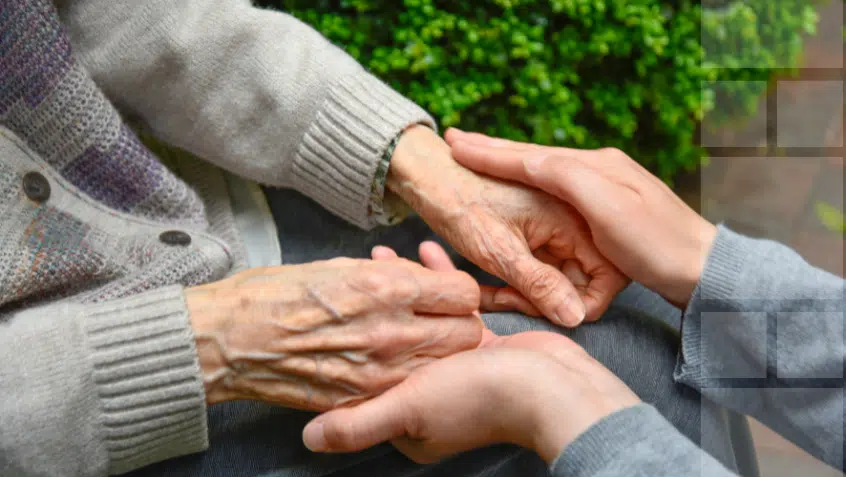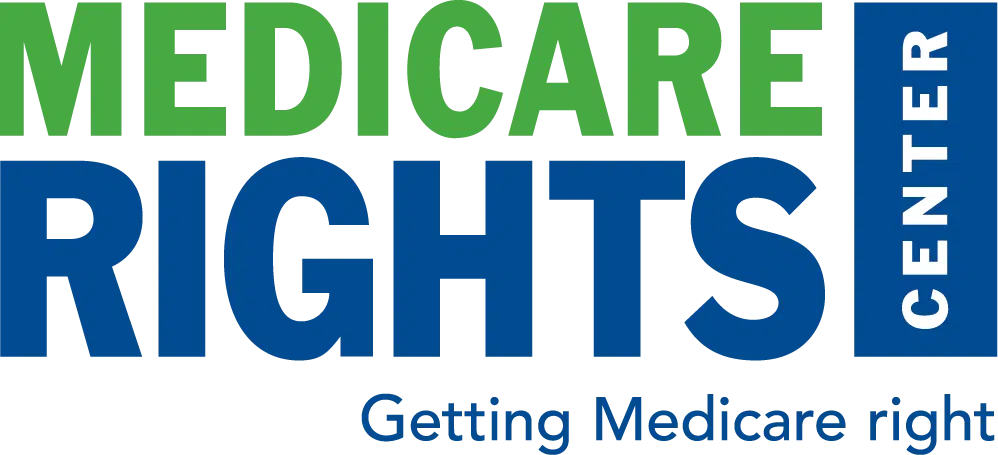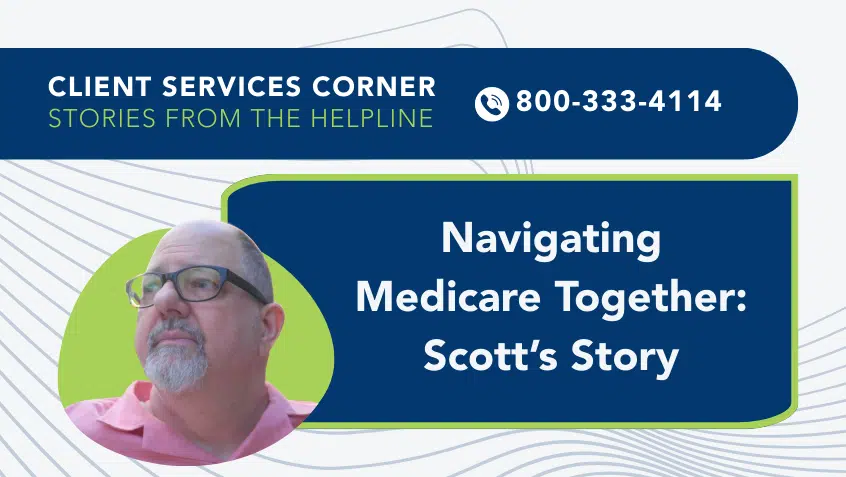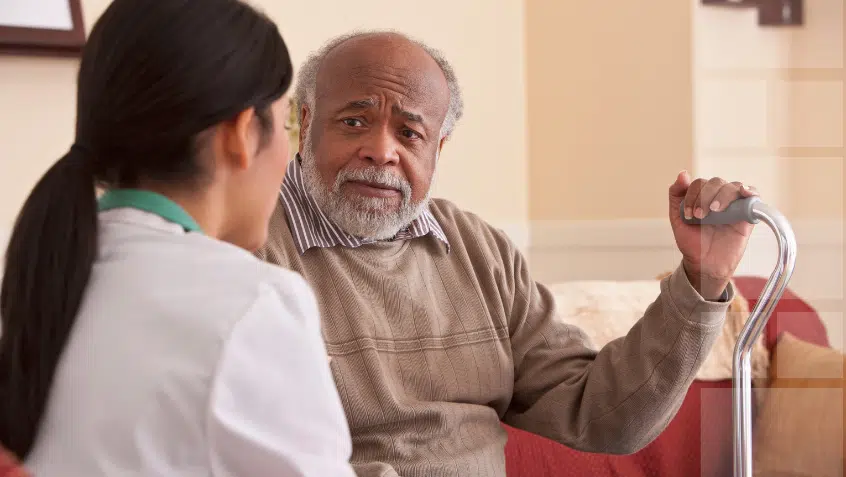Join Us Live for a Discussion on Medicare, Democracy, and the Future of Health Care
As Family Caregiving Grows, So Does the Need for Reform

AARP and the National Alliance for Caregiving recently released the 2025 edition of Caregiving in the US. Last issued in 2020, this extensive report offers a comprehensive snapshot of the evolving family caregiving landscape. It focuses on the experiences of family caregivers of adults, identifying trends, challenges, and opportunities for reform.
Among the most striking findings is the rapid growth of family caregiving. Nearly one in four adults (63 million Americans) provided ongoing care for an adult (59 million) or a child (4 million) with a complex medical condition or a disability in the past year, a 45% increase since 2015. This surge underscores not only the critical role of family caregivers, but also the systemic failures that continue to place often overwhelming burdens on their shoulders—and the urgent need for reforms.
Below are several key findings, from shifting dynamics to common-sense improvements.
Caregivers’ Experiences and Demographics
Caregivers Are Diverse. The average caregiver is 51 years old, and women continue to account for the majority of caregivers (61%). They are non-Hispanic white (61%); Latino/Hispanic (16%); African American/Black (13%); and Asian American, Native Hawaiian, and Pacific Islander (6%). Twenty percent live in rural areas, and 24% support more than one care recipient. Most are caring for relatives, like parents or spouses, but 11% are caring for nonrelatives such as friends or neighbors.
Most are caring for relatives but 11% are caring for nonrelatives such as friends or neighbors.
Caregiving Is a Full-Time Job. On average, caregivers spend 27 hours per week providing care, and nearly one in four provide 40+ hours of care per week. One-third have been caregiving for five years or more, a significant increase from 2020.
Caregiving Trajectories Differ Across the Lifespan. Care recipients are mostly older adults; nearly half are 75 or older and most face multiple chronic conditions, such as Alzheimer’s or other dementias, mobility limitations, cancer, and postsurgical recovery. Caregivers under 50 are more likely to manage short-term or mental health conditions, while older caregivers typically support those with long-term physical health issues.
America’s ‘Sandwich Generation’ Is Stretched Thin. Nearly one in three caregivers are also raising children under 18 while caring for an adult loved one. This figure rises to 47% among caregivers under 50.
Trends and Challenges in Caregiving
Inadequate Training. Two-thirds of caregivers help with at least one activity of daily living (ADL), such as eating, bathing, or dressing and 84% assist with three or more instrumental activities of daily living (IADLs) such as managing finances, preparing hot meals, shopping, and housekeeping. But only 11% of caregivers received any formal training to prepare them for these tasks, and just over 20% have received formal training on medical and nursing tasks, despite over half managing complex medical and nursing tasks like injections, wound care, or medication management.
Only 11% of caregivers received any formal training to prepare them for assisting with activities of daily living.
Financial Strain. Nearly half of caregivers experienced at least one major negative financial impact due to their responsibilities. One-third have stopped saving money, and others report taking on more debt, delaying retirement, and facing housing instability.
Working While Caregiving. Seven in 10 working age (18–64) family caregivers are also engaged in paid employment. This is often challenging to balance—half report work disruptions like going in late or leaving early to care for a loved one. They often feel isolated and face negative financial impacts, like leaving bills unpaid.
Workplace Supports. Access to caregiver-friendly workplace benefits has improved since 2015, but access remains uneven. Salaried workers enjoy better access to telecommuting, paid leave, and employee assistance programs than hourly workers. Additionally, many caregivers hesitate to disclose their role—only 49% say their supervisor knows they are a caregiver.
Only 49% of caregivers say their supervisor knows they are a caregiver.
Community-Based Services. Over the past decade, more family caregivers (28%) have had difficulty finding affordable services for their care recipients, like home health aides, transportation, and meal delivery. Caregivers in rural areas (34%) more often have difficulty finding affordable services.
Caregiver Health. Caregivers may struggle to maintain their own physical and emotional health. One in five rate their health as fair or poor, and nearly a quarter say they have difficulty caring for themselves. Many caregivers experience high emotional stress (64%) and physical strain (45%).
Policy and Program Reforms. Caregivers reported that they would benefit from financial support in the form of tax credits (69%), direct payment programs (68%), or partially paid leave (55%). Beyond finances, caregivers seek services like respite care, emotional support, and training from health care professionals. They also want help keeping their loved ones safe, managing complex paperwork, and planning for the future.
These findings “are a springboard for action.”
As the report notes, these findings “are a springboard for action—for families, policymakers, and all who play a role in developing systems to support and sustain the vital contributions of family caregivers.” This includes commonsense changes to boost caregiver health and economic security, and to ensure the nation’s health care and long-term services and supports infrastructure can optimally anticipate and respond to growing care needs.
Show Comments
We welcome thoughtful, respectful discussion on our website. To maintain a safe and constructive environment, comments that include profanity or violent, threatening language will be hidden. We may ban commentors who repeatedly cross these guidelines.
Help Us Protect & Strengthen Medicare
Donate today and make a lasting impact
More than 67 million people rely on Medicare—but many still face barriers to the care they need. With your support, we provide free, unbiased help to people navigating Medicare and work across the country with federal and state advocates to protect Medicare’s future and address the needs of those it serves.
The Latest
Most Read
Add Medicare to Your Inbox
Sign up to receive Medicare news, policy developments, and other useful updates from the Medicare Rights.
View this profile on InstagramMedicare Rights Center (@medicarerights) • Instagram photos and videos










One Comment on “As Family Caregiving Grows, So Does the Need for Reform”
Tina M Fletcher
August 14, 2025 at 5:43 pmMy sister and I took care of her husband. My sister has a full time job working from home and I’m on disability but we managed. Got no help from anyone else until he had to go on hosparus care but only thing they did was a bed bath twice a week. He would have accidents and needed a bath daily. He was 100% bed ridden. Anyone caring for someone needs to get paid something. Up all hour s of the night. Changing diapers all hours. Please someone help the care givers